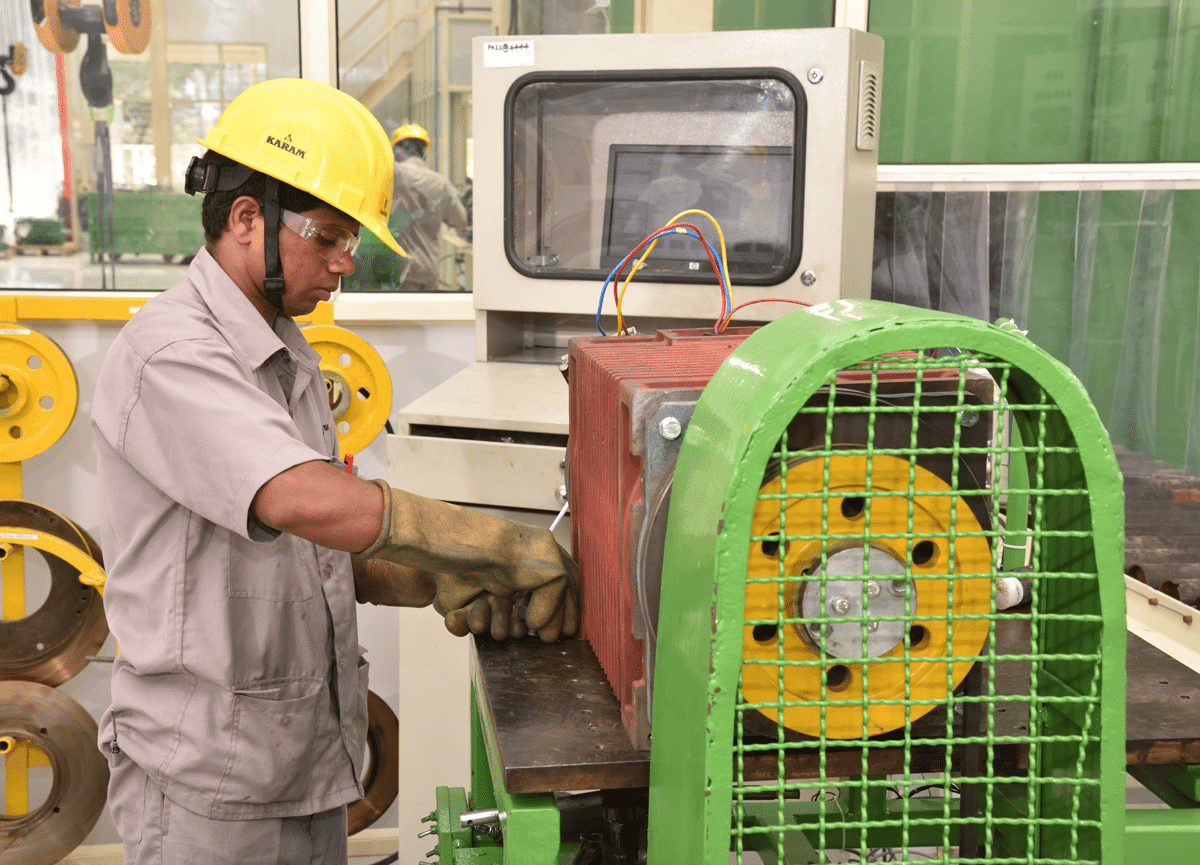Nakul P. Mehta, MD of VT manufacturer Bharat Bijlee, reflects on the company’s 75-year journey.
Nakul P. Mehta (NPM), vice chairman and managing director of Bharat Bijlee Ltd., marks the company’s 75th anniversary by discussing its growth trajectory, evolution and achievements in a conversation with your author (SSP).
SSP: How does it feel to have achieved such an important milestone?
NPM: It is satisfying, of course, and also humbling. It is an appropriate time for us to pause and reflect on the last 75 years. And particularly to pay tribute to the founders of the company and their vision, and to the many talented and dedicated people who have been its architects and builders.
SSP: What is the significance of this achievement in your company’s growth story?
NPM: We were incorporated in 1946, just a year before India’s independence. In a way, that makes our story a microcosm of the nation’s industrial development over the decades. Jawaharlal Nehru, India’s first prime minister, brought a clear vision for the newly independent nation: that it would be pluralistic and democratic but also industrialized and imbued with rationality and a scientific temper. Not surprisingly, our own journey, with all its achievements and tribulations, closely mirrors the trajectory of India’s economic development.
We look back from this vantage point to see what was, and what could have been, and how that has shaped what we are today. This gives us the perspective and inspiration to look forward with renewed commitment and optimism.
SSP: How has Bharat Bijlee effectively contributed to the development of the elevator industry?
NPM: India’s first elevator was reportedly installed at the Government House in Calcutta (now Kolkata), then the official residence of the viceroy of India, as long ago as 1892. In the years that followed, and as patterns of urban development evolved, several international elevator firms grew active, either with subsidiaries or through licensees or agencies. Against this backdrop, we were late entrants into the elevator industry. As manufacturers of industrial motors and power transformers, we were looking for diversification avenues; in 1973, we installed our first Olympus elevator in Bombay (now Mumbai).
Over the years, we expanded our presence across the country, collaborated with Schindler for about 10 years and established a strong market position and maintenance portfolio. When we divested the business to KONE in 2004, we had acquired a deep understanding of the nuances of the complex vertical-transportation (VT) industry and its fast-changing technologies.
By the mid-2000s, the building industry was already aware of the advantages of machine-room-less (MRL) elevators and gearless machines, new technologies that were gaining rapid acceptance in other parts of the world. In 2007, we identified gearless synchronous elevator machines as a new line of business, leveraging our understanding of elevator applications with more than six decades in the manufacture of rotating machines. In 2008, in partnership with Permagsa of Spain, we became, perhaps, the earliest manufacturer of permanent magnet (PM) gearless elevator machines in India. This is how we found ourselves back in the fascinating world of elevators, albeit this time as a specialist component manufacturer.
SSP: How do you see the transformation of the elevator industry in the coming years?
NPM: Urbanization is the biggest macro driver for the VT industry. This poses its own set of infrastructural and sustainability challenges, but it is argued that well-regulated urbanization is a positive force, with cities becoming engines of development and economic growth. Continuing urbanization in India, together with high land costs, will drive the vertical growth of cities, not only in metros but increasingly in Tier 2 and Tier 3 cities.
Typically, construction growth is closely linked to the growth of the economy, and to perceived optimism about its immediate outlook. The COVID-19 pandemic has disrupted real estate as it has other sectors, and various other economic headwinds in the years immediately prior also exacted their toll. Even so, the elevator market grew at a compound annual growth rate of around 9% between 2011 and 2020.
The Indian elevator market in 1996 was just 7,000 units annually. Since then, it has grown to about 75,000 units per year, with an installed population of 600,000 units, making it the second-largest VT market in the world.
The industry has grown in size, maturity and sophistication, and the gaps that remain are being addressed by enlightened members of the industry and its stakeholders. Most importantly, safety, and all the elements of making VT safe, are being addressed.
Most global elevator OEMs are established here and have offerings that cater to multiple market segments. This means that a certain minimum benchmark for product performance and service has already been set.
SSP: What are the steps undertaken by Bharat Bijlee to keep spearheading growth and leadership within the industry through technological innovation, and expanding its portfolio?
NPM: Technology is changing faster than ever before; one often has to run just to stay in the same place. Our goal is to continuously innovate to stay abreast of the curve. Product improvement and development is an ongoing process. Some of this is incremental and some is deeper, making first-principles investigation and developmental effort. There is a continuous exchange of ideas with our collaborator, and we are fortunate that our industrial systems segment has a breadth of expertise across domains that can be tapped into. We also try to keep track of market trends, using this as a prism for our product portfolio additions.
Our current range is the series of GreenStar and SynchroTorq machines spanning applications from home lifts to 3000 kg goods lifts that are designed to perform optimally with the contractor’s preferred drive system.
We have an established position in the Indian market, and it is one that we always try to consolidate. We also have a reasonable export footprint, with customers in continental Europe, and in this we realize that we are ambassadors for India. The Indian Green Building Council-certified Green plant we built in 2018 is currently being expanded to double our manufacturing capacity by the end of this year.
SSP: How has the importance of technology in elevators grown over the years, and what are the challenges faced in being a pioneering brand in this regard?
NPM: Elevators are relatively long-lifecycle products, but the industry has always been both an innovator and an early adopter of new technologies. Some of these innovations have been genuinely revolutionary: Some have used new materials, designs and the power of computing and electronics to improve the overall passenger experience in terms of comfort, wait time and convenience.
Not so visible, perhaps, is how Industry 4.0 and the Industrial Internet of Things (IIoT) are making elevators smarter. For example, real-time operating data, analyzed with cloud-based algorithms, can predict breakdowns long before they happen. Connectivity helps to alert field operatives with mobile apps and to integrate with building-management systems in a seamless digital ecosystem. This is a profound new trend that will even alter business models. Bytes and atoms have converged in many industrial domains, but arguably nowhere more influentially than in elevators.
About Nakul P. Mehta
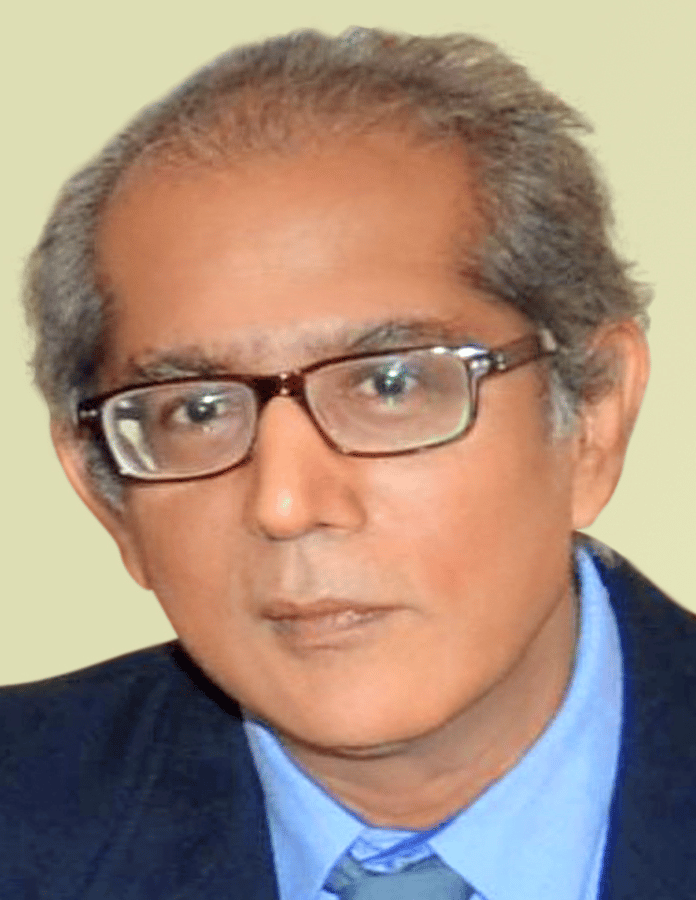
Nakul P. Mehta holds a bachelor’s degree in science, and a Master of Science degree in engineering mechanics. He joined Bharat Bijlee in 1984 and has been one of the company’s managing directors since 1990. He has wide experience in the electrical engineering and elevator businesses and has been active on various industry bodies and associations.
SSP: What are the new concepts and trends you foresee in the VT industry, and what are your plans for the future?
NPM: Digitalization is undoubtedly a key trend. We are evaluating smart technologies using IIoT-based condition monitoring. Using IIoT, personalized mobile apps and AI, it is possible to create a digital ecosystem that connects a building’s owner and facility manager, the OEM’s call center and service technicians and even the passenger, in real-time. Our technologies and prototypes have been proven; the only question is whether there is a clear value proposition at present for our customers.
There is also a growing awareness that India’s share of the global market for elevator components is minuscule, and that there is a clear opportunity here for the industry and for us.
Saving energy in real estate and construction is another growing priority, with green buildings being designed to consume less energy. Elevators can account for up to 7% of the total energy load in an office building, and there is a trend toward “green” elevators, as well. This encompasses many factors: not only energy consumption, but materials, control protocols, lighting, and ventilation. Green elevator technology also extends beyond the equipment itself to include factors that improve the ecological footprint across an elevator’s lifecycle: for example, sustainable practices in manufacturing, going through to service and even beyond. Our contribution to this is through our high-efficiency PM machines, the option of flat-belt suspension and regenerative drive systems.
Finally, and perhaps most importantly, the safety of VT. Conformity with the relevant standards in letter and spirit is crucial. There is much to be done here, and wider compliance with uniform safety standards and the National Building Code (NBC) of India 2016 would be a welcome step. We are active in industry bodies involved in the formulation of performance and safety standards for components. Our customers receive regular bulletins from us about the safe installation and usage of our products and, more recently, we became involved in the technical training of young elevator apprentices.
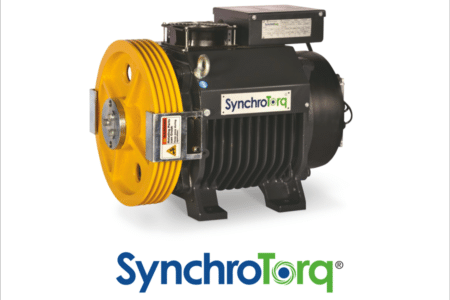

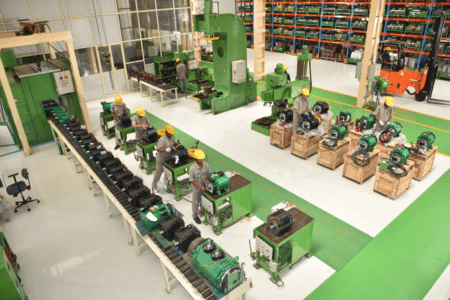
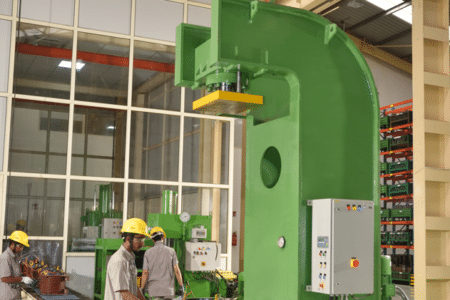
Get more of Elevator World. Sign up for our free e-newsletter.
